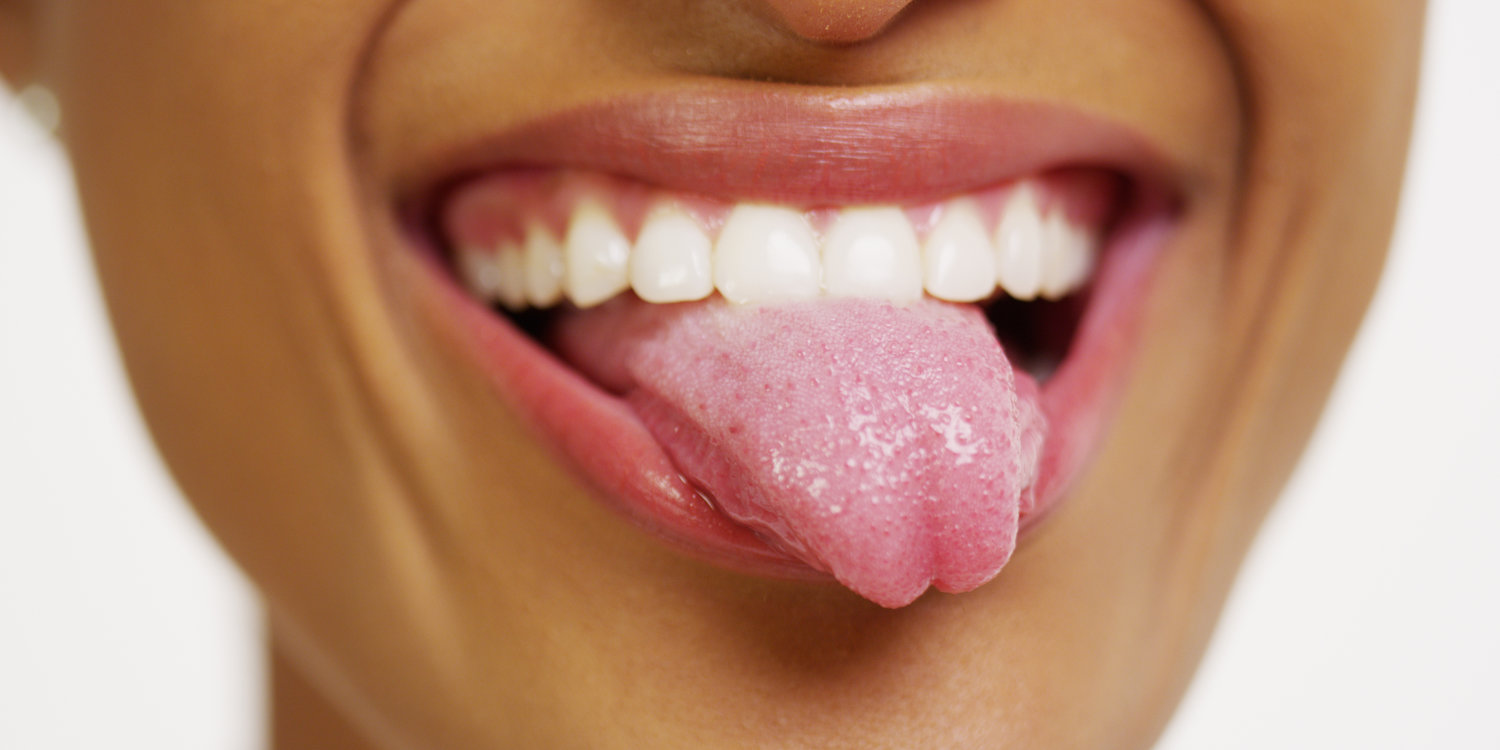If you’ve been scanning the Internet at night looking for weight-loss strategies, you might be sabotaging your efforts. New research shows that evening exposure to blue light—like the light from computer screens—has negative effects on metabolism.
Northwestern University scientists found that exposure to bright blue light increased insulin resistance during morning and evening exposure. But in the evening, the bright light also caused higher blood sugar levels. Insulin resistance leads to a buildup of blood sugar, which can cause weight gain, higher body fat, and an increased risk for diabetes.
Nighttime Facebook Chats Make You Fat
Participants were exposed to blue-enriched light for three hours during the morning or evening. The morning group ate breakfast during that time and the evening group ate dinner. Hunger, sleepiness, and blood levels of glucose, insulin, and other metabolic markers were compared. “Our findings show that insulin was unable to acutely bring glucose levels back to a baseline level following a meal with bright light exposure in the evening,” said researcher Ivy Cheung. “Our lighting environment impacts our health outcomes.”
When to Log Off to Improve Sleep
A recent Harvard Medical School study found that exposure to blue light in the evening strongly suppresses the secretion of melatonin, the hormone that regulates our circadian rhythms. That disruption appears to raise the risk of obesity. Harvard staff recommends avoiding bright screens at least two hours before bedtime.

















